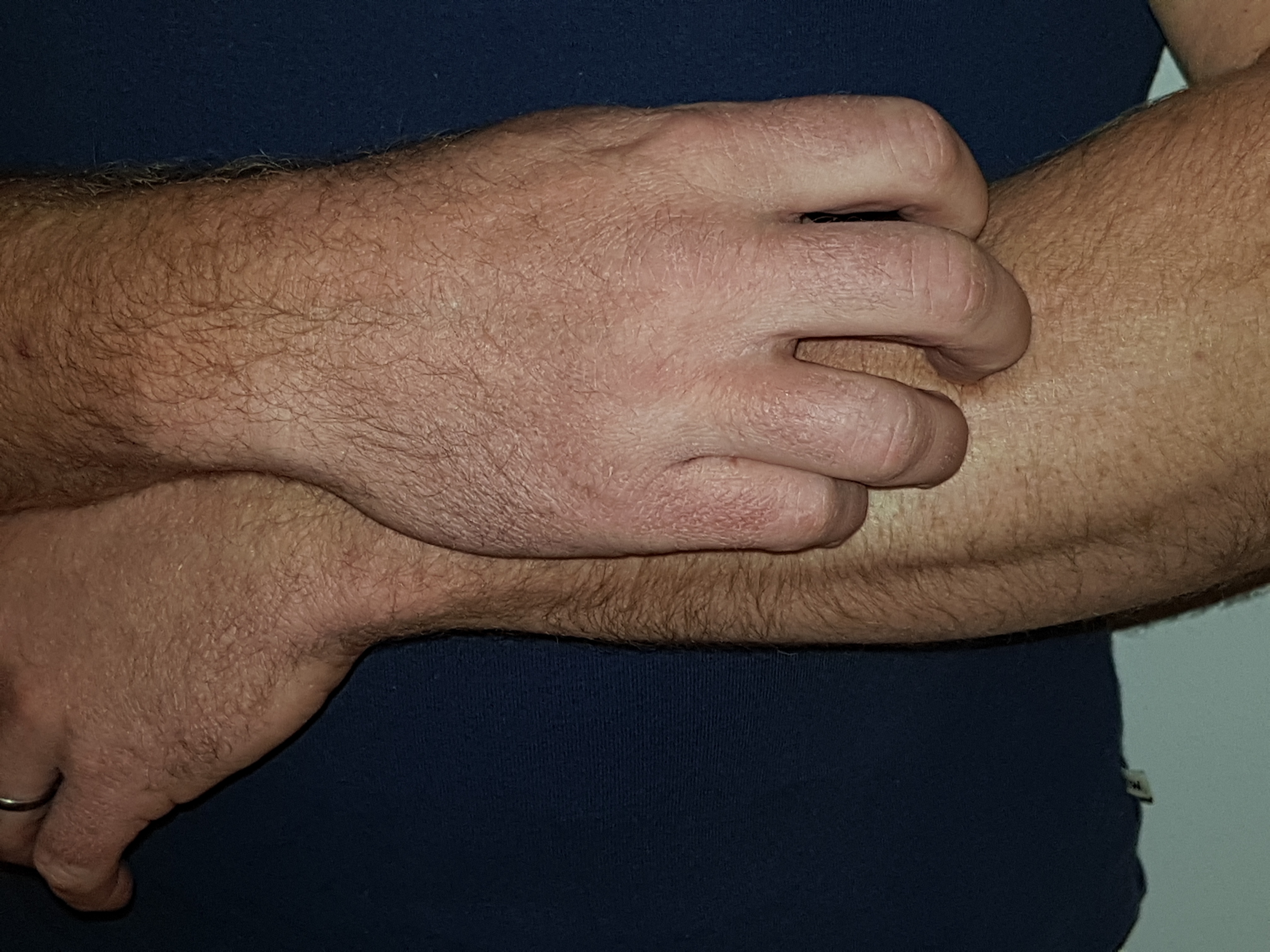New classification for the isothiazolinone MIT

The EU commission have finished evaluating the biocide 2-methyl-2H-isothiazol-3-one (MIT) and concludes that it is extremely allergenic.
On the 4th of October 2018, the European commission published their decision on the evaluation of the isothiazolinone MIT, a biocide used within metalworking. As of 1st of May 2020 MIT will be classified as allergenic from concentrations as low as 0.0015 % (15 ppm), according to the European commission's 13th ATP to CLP.The evaluation on exactly how allergenic the isothiazolinone MIT is has taken a long time and has involved many authorities. The decision now taken by the European commission through the REACH committee, that MIT is extremely allergenic, is in line with the recommendation given by ECHA’s Committee for Risk Assessment (RAC) in March 2016.
Isothiazolinones are a group of biocides used in for example make-up, hygiene products, washing-up liquids, water based glues and paints. 10-20 years ago, these biocides were also common in process fluids in Sweden and in many other countries. As tank-side additives, they were often sold under the brand name Kathon. However, after reports on an increased frequency of contact allergy towards isothiazolinones, they were banned from most industries in Sweden and replaced with formaldehyde releasers. It seems, however, as if the isothiazolinones are reentering the process fluid market, due to the fact that the formaldehyde releasers are being classified as carcinogenic.
Is there reason for concern, one might wonder? In my opinion, the answer is a definitive YES.
In Finland, the increase in cases of contact allergy towards MIT has been so dramatic, it has been called an epidemic. All isothiazolinones available on the market for use in metalworking fluids are classified as more or less allergenic. For those two out of six isothiazolinones where the classification has recently been evaluated and revised, the judgement was harsh with very low specific concentration limits (15 ppm). The remaining four isothiazolinones will most likely have a similar destiny. One additional and concerning factor is that the isothiazolinones that do not already have a low limit can be present in metalworking fluids in effective (and possibly allergenic) concentrations (<100 ppm) without having to be presented on the safety data sheet. If you want to learn more about isothiazolinones you can read my previous blog post.
How does this affect me?
Now is the time to thoroughly read through your safety data sheets on your chemical products. If a product that you use contains isothiazolinones it would be wise to try and replace them with a different product without these substances, or change your process so that the product is not needed. Also, ask your supplier if there are isothiazolinones in your fluid, even if they are not presented in the safety data sheet.
It is not appropriate to replace MIT with another isothiazolinone since it is likely that these substances will also be getting new, lower, concentration limits soon.
Working with allergenic substances
When working with products that are allergenic there must be documented routines and rules for:
- Where the products are handled
- What protective measures must be applied in order to reduce the exposure as much as possible
- If PPE’s are to be used and if so; which PPE and how to use it
- How to control if equipment and ventilation is working properly, to ensure that employees are not subjected to hazardous levels of the substance
- Warning signs must be used if the allergenic products are handled openly. The signs are to be put on the door to the facility/room. No sign is needed if there is no risk that others are exposed to or can come into contact with the allergenic product.
Those working with or supervising work with allergenic substances and products must be given information about the risks, how the work is to be performed and what measures that needs to be taken in order to avoid contact with the allergens. (CS)


Comment